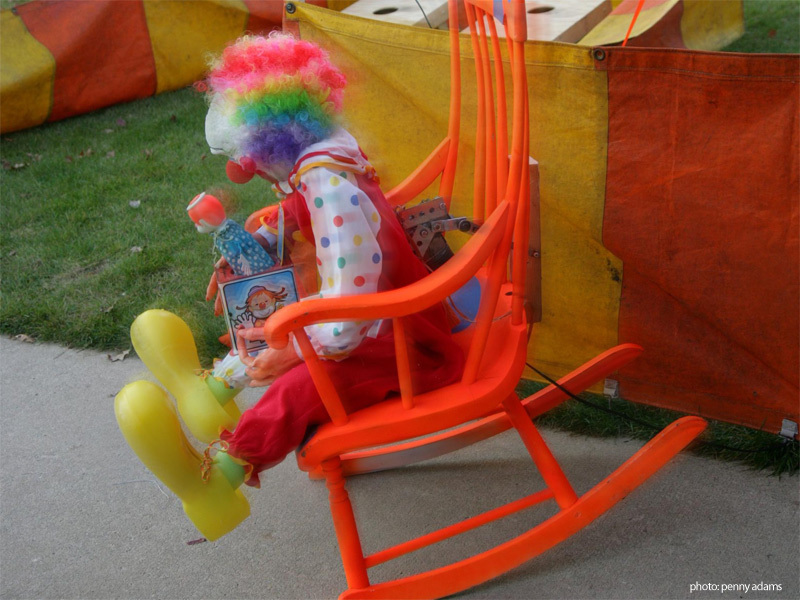You can build your dummy’s upper body with 3/4″ PVC pipe and a T fitting. Using your own body as a guide, measure the segments of your arms and cut a piece of PVC to the length of each of those segments.
2 forearms, 2 upper arms, 2 shoulders, 1 neck, 1 spine
Leave the neck and spine PVC parts long until you are ready to install the head and attach the upper body to the 2×4 spine.
If you would like to bulk out the arms a little, you can use inexpensive foam pool noodles cut to length and slid over the PVC pipe prior to the next step.
Drill a hole in each end of the upper arms, one end of the shoulders and one end of the forearms. Attach the arm sections with bailing wire, electrical wire, rope, zip ties, etc. The arms should be floppy at all “joints” and bind as little as possible.
Using pipe clamps, metal strapping or just screws, attach the upper body assembly to the 2×4 spine. (Pipe clamps or brackets are recommended so that height adjustment is possible.)
Create legs in the same way, except that here you can choose to make the legs rigid by using a single piece of PVC or jointed by using segments. The legs can be attached directly to the chair once pants are put on. (See image for knee types.)




